methi bhaji is a traditional sabji made across different states in India. Methi is commonly called 'fenugreek' in English and 'methi' in Hindi, 'menthi kura' in Telugu. Methi sabji is eaten rarely as it tastes slightly bitter but it is the best leafy vegetable which has lots of benefits.
Some more sabzi recipes to be tried are cabbage sabzi .
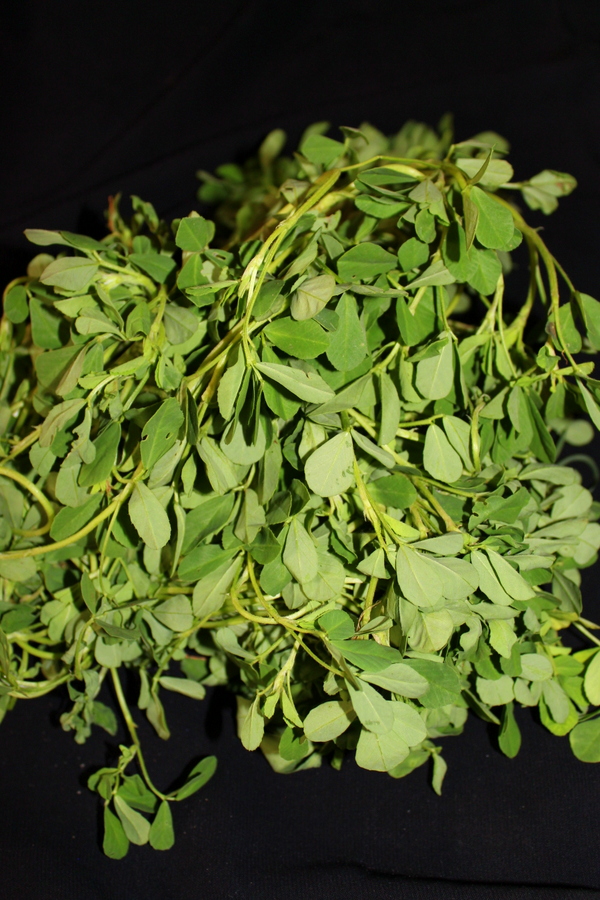
Methi is one such leafy vegetable which can be combined with many vegetables for a better taste. I often prefer to add methi and coriander leaves in sabzi or in curries to give delicious taste to the vegetables.
methi ki sabji here which I have made and posted does not taste bitter and tastes best with both rice and roti.
Usually methi tastes bitter but if we make with the below method then, the methi bhaji never tastes bitter while making methi ki sabji.
Methi has amazing number of benefits.
- It helps to reduce or lower the cholesterol levels and also helps those suffering from diabetes.
- It helps in digestive problems like constipation.
It is a healthy vegetable and since most of them are not aware on how to make use of this wonder vegetable in various forms I would be glad to post some of the methi recipes as I keep posting various recipes on the blog.
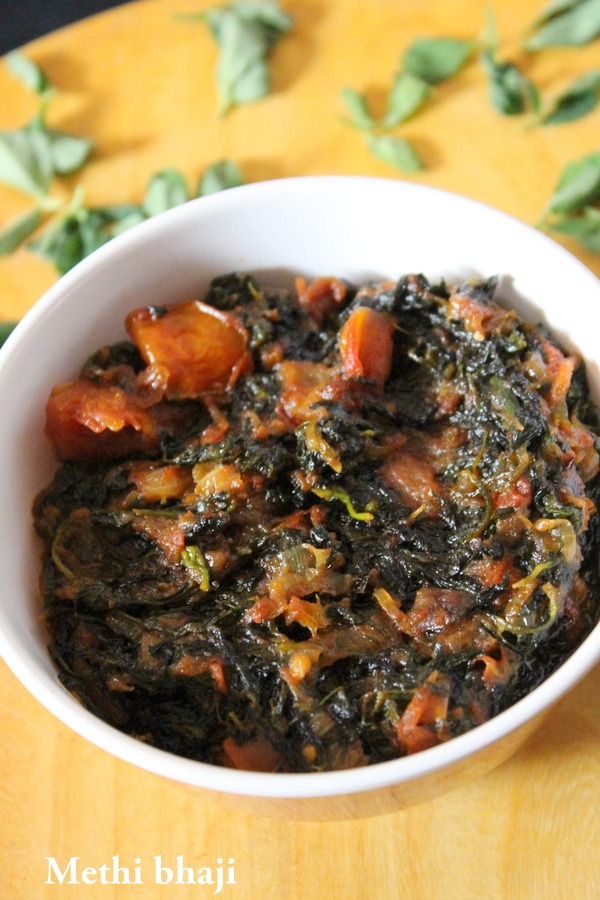
Methi comes in two forms one has got small leaves and another methi appears to have slightly large leaves.
In this methi bhaji or methi ki sabji I have used slightly large leaves which is a better option to make this sabzi.
I have made this recipe using onions, tomatoes so that if mixed with rice it does not taste dry.
There are several other variations to make methi ki sabzi like it is combined with moong dal and in some methi sabzi recipes we even skip tomatoes.
I would be glad to post different variations of methi bhaji or methi ki sabzi so that it is helpful and best variation can be chosen to make methi recipes.
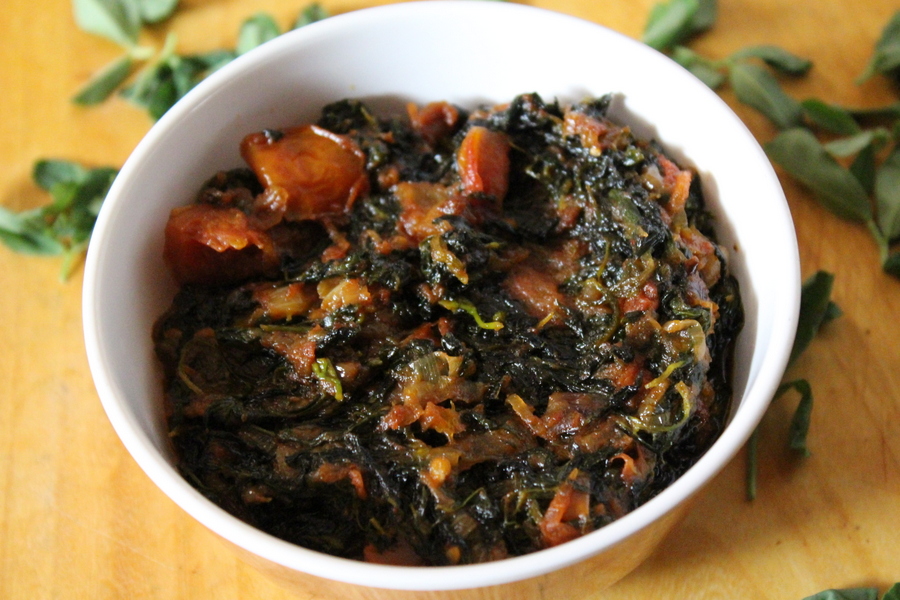
My family likes to eat methi not in plain form but prefer to eat when mixed along with various other veggies like aloo and I have already shared aloo methi and they even loved my other variation of methi which I tried that is methi dal.
I have also made methi pakoda so that methi can be included in our diet in various ways since it is hard to eat in just plain form.
This article is on making methi curry without combining it with any other vegetable. I have only used methi and hara dhaniya and some spices.
This recipe is simple to make and the steps are very easy to follow. Hope my viewers find this methi recipe helpful and would be glad to add few more methi recipes.
Recipe
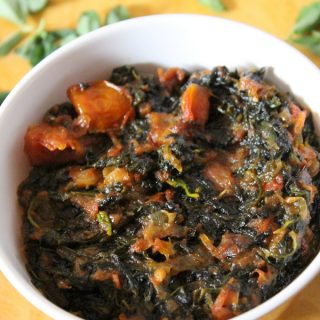
methi bhaji recipe, methi ki sabji
Ingredients
- 6 bunches of methi leaves/fenugreek leaves
- 2 tablespoon oil
- 2 medium size onions finely sliced
- salt to taste
- ½ teaspoon red chilli powder
- ¼ teaspoon turmeric powder
- 3 medium size tomatoes finely chopped
- 3 tablespoon freshly chopped coriander leaves
Instructions
Washing of methi leaves:
- Pluck all the leaves of methi from the bunch.
- Wash the methi well under running water.
- Strain the methi until it is free from water content.
- Methi leaves are ready to be used.
Cooking the methi bhaji:
- Take a non stick pan or wok, add oil and heat it.
- Add sliced onions into it and saute until slight golden color.
- Add methi leaves, mix well and saute for few minutes on low flame.
- When all the methi leaves are gathered, add chopped tomatoes and mix.
- Cook until tomatoes get soft.
- Add salt, red chilli powder, turmeric powder, mix everything well.
- Cook the sabji for 5-10 minutes on low flame.
- Add freshly chopped coriander leaves, mix well.
- Cook the methi sabzi for another 5-10 minutes until the methi appears soft.
- Do not cook the sabji on high flame.
- Switch off the flame.
- Serve the sabji with rice or chapathi.
Notes
2. It tastes good if tomatoes are skipped.
3. If one finds the sabzi hard to eat then add some boiled potato slices while cooking the curry to make the recipe eatable.

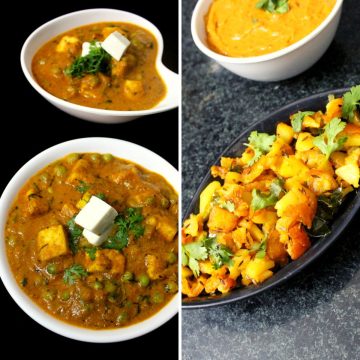
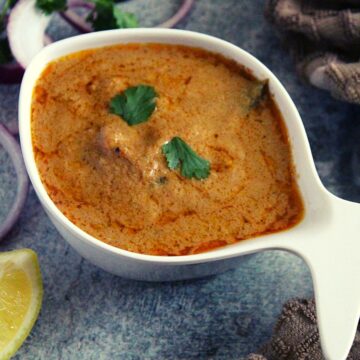
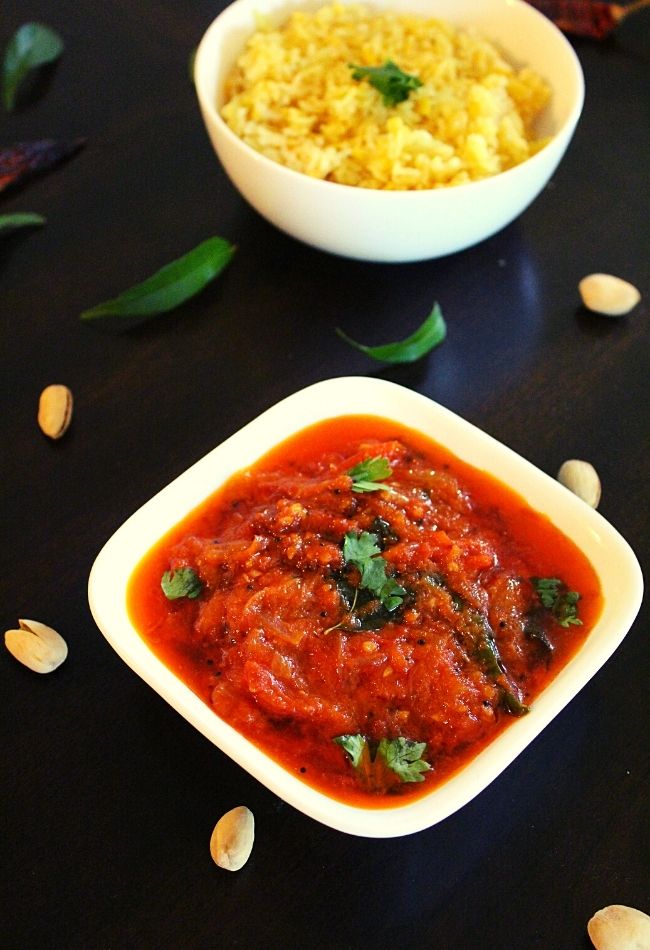
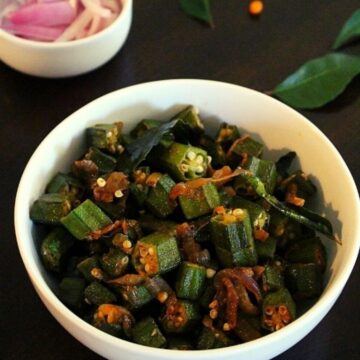
Leave a Reply